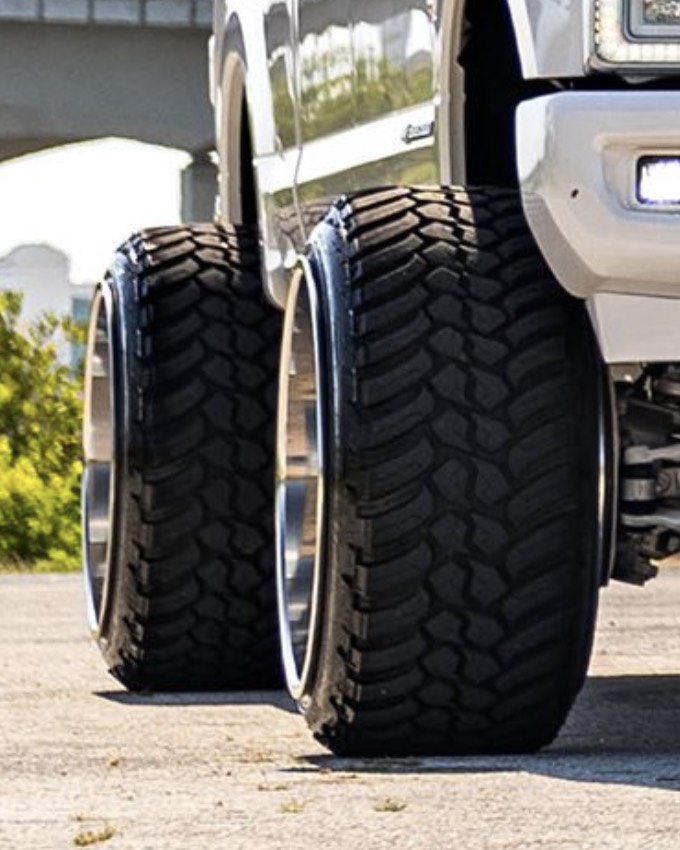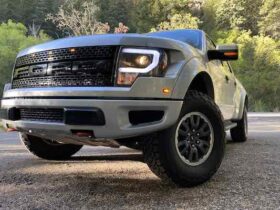Anyone who owns a truck has dreamed at least once of customizing their truck to give it a unique identity. When shopping for aftermarket wheels and tires, you need to understand wheel offset and backspacing. Are you looking for wheel upgrades? Then you need to know the tire offset and backspace measurements, so you do not buy the wrong size.
Installing the wrong size might seem okay initially. Still, with time, the damages caused by incorrectly-sized wheels and tires will become expensive. So you need to avoid mistakes with backspacing and wheel offset. So today at Beyond the Raptor, we will explain what exactly wheel offset, and backspacing are and the difference between them. So without further delay, let’s get into it.
looking to buy the right wheels? Check out article on the best f150 wheels.
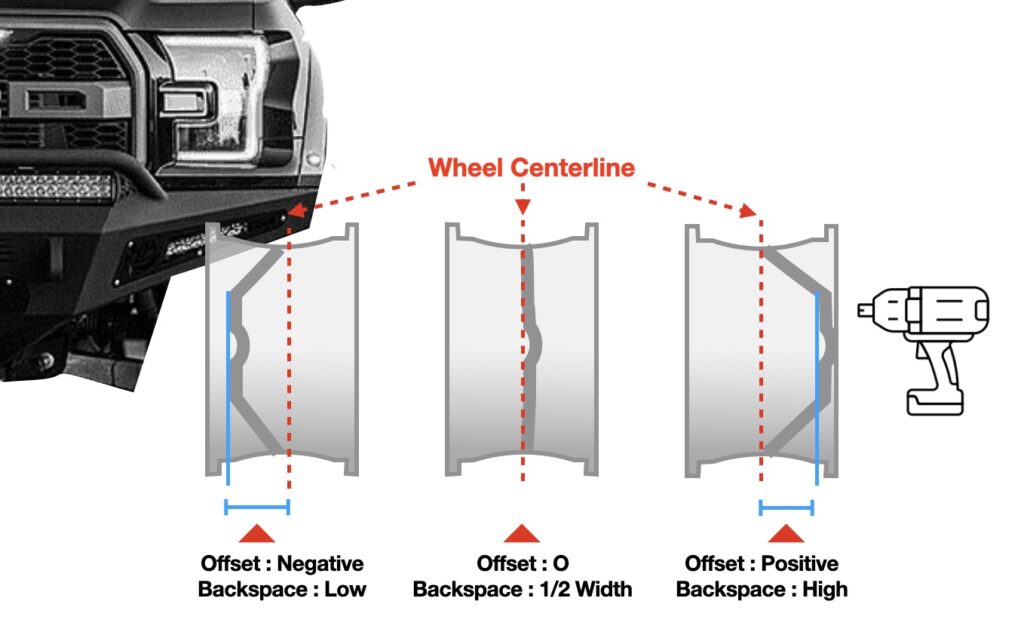
What is Wheel Offset?
In a few simple words, we can say that the measurement in millimeters between the hub mounting surface and the wheel’s centerline is known as the wheel’s offset. There are three types of wheel offset: zero, positive, and negative offset. So let’s check out what these three types of offset mean.
When a wheel has the hub mounting surface at the centerline of the wheel, it is called a zero offset.
When the wheel has the hub mounting surface placed in the front half of the wheel, which is closer to the wheel face, then it is called positive offset. In the case of the positive offset, the entire wheel and tire assembly are tucked in towards the brakes and suspension.
When the wheels have the opposite effect, it means moving the wheel and tire assembly out and away from the brakes, body, and suspension. It is called the negative offset.
If we look at some examples, we can see that almost all aftermarket 4×4 wheels that are 9 inches wide or wider have a negative offset. This type of wheel is generally wider than a stock wheel in order to fit wider and larger diameter tires.
If the wheels have a zero or positive offset, then the wheels will come in contact with the brakes, suspension, or steering components. Nevertheless, some axle and suspension designs use positive offset wheels too. In the case of most 4×4 applications, backspacing measurement is used instead of an offset measurement for fittings.
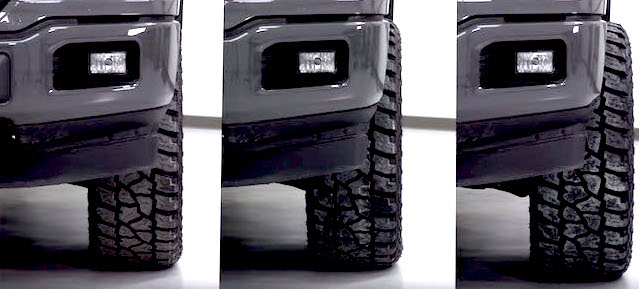
What is Wheel Backspacing?
The measurement from the hub mounting surface of the wheel to the outermost edge of the wheel is known as wheel backspacing. Wheel backspacing is generally measured in inches. The more the backspacing, the more the wheels are pulled in closer to the brakes and suspension. The smaller the backspacing, the more the wheels are pushed away from the brakes and suspension.
For example, we can see that 4x4s with factory wheels that are 6-8 inches wide have a backspacing measurement between 4-6 inches. On the other hand, aftermarket 4×4 wheels are generally more than 8 inches wide and use a backspacing measurement of about 1 to 2 inches less than the factory backspacing. The wheels are pushed further outward than stock wheels which creates less backspacing. Wheel manufacturers, in general, try to produce aftermarket wheels that can fit a variety of 4×4 vehicle applications. This is possible due to reduced backspacing.
In most cases, aftermarket suspension manufacturers are very particular about the required wheel backspacing needed for each specific lift kit. This requirement is a must in independent front suspension applications where an A-arm could make possible contact with a wheel having too much backspacing.
Make sure to always read the instructions for your suspension lift kit. You also have to remember that too little backspacing must be avoided too. For example, let the salesman help you find the correct wheel backspacing for your application if you are wheel shopping.
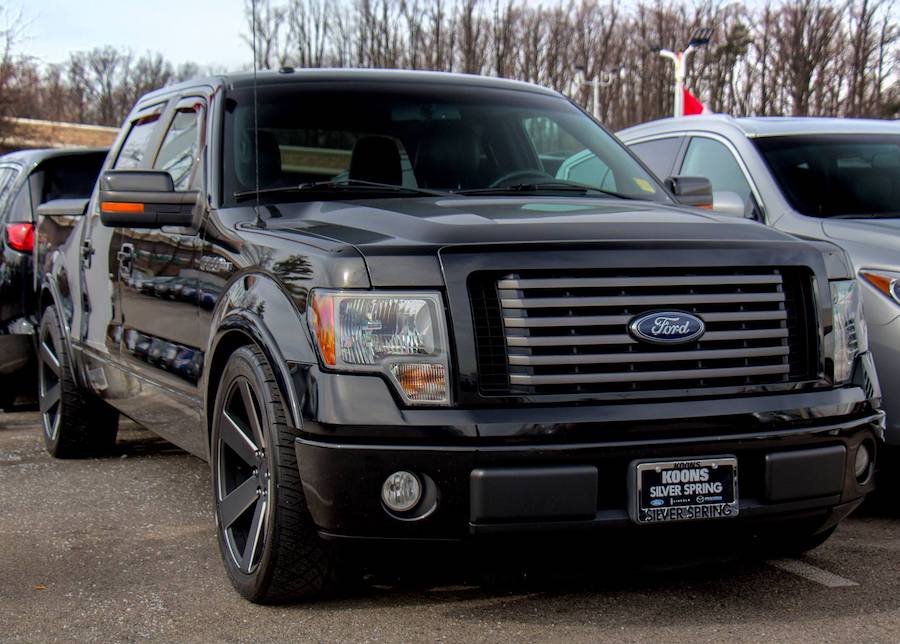
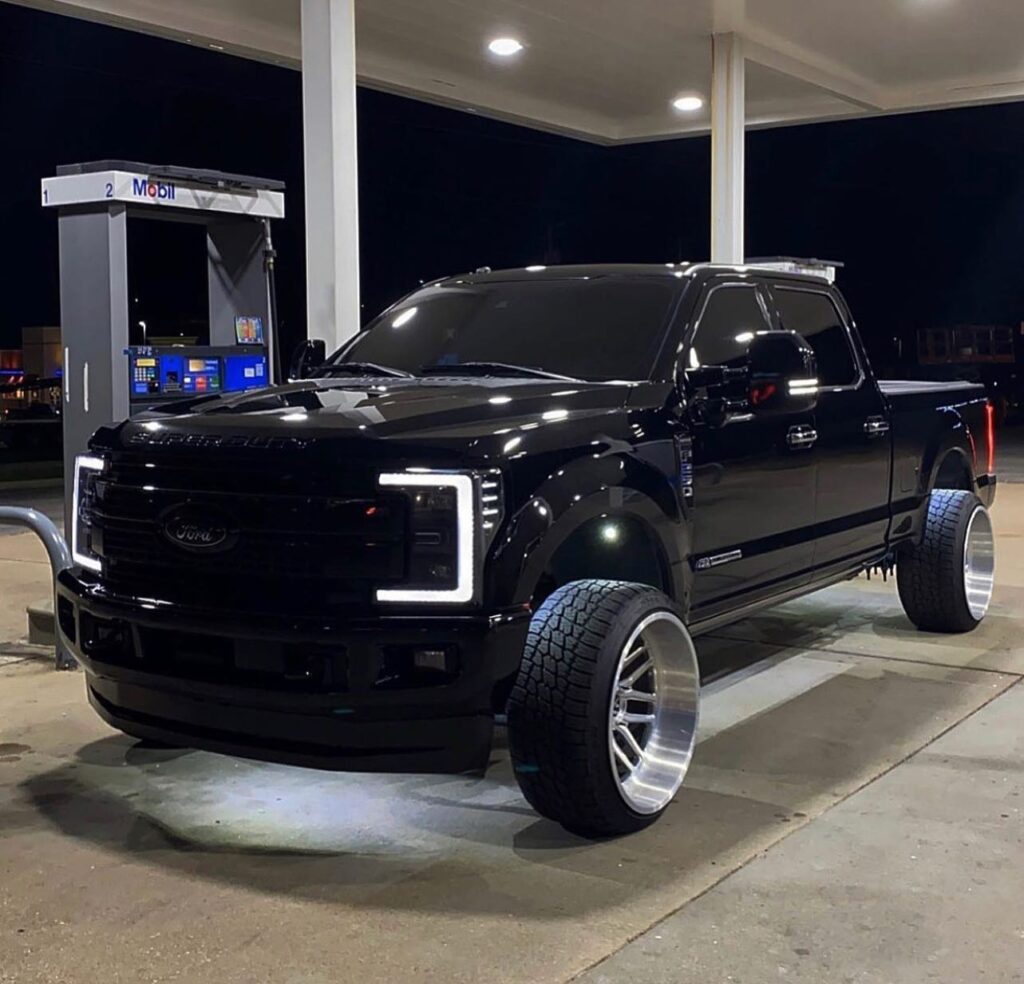
Wheel backspacing vs. offset
As I have mentioned earlier, confusion between backspacing and wheel offset is common. We have already mentioned the exact definitions of both backspacing and wheel offset. Once again, the wheel offset is the separation between the mounting surface and the center of the wheel, while wheel backspacing is the leftover distance from the mounting surface to the back of the wheel. So if you want to calculate the wheel backspacing, you just need to add the rim offset and half the wheel width.
I hope I’ve made the difference between wheel backspacing and offset clearer. I hope you will not face many challenges when going wheel shopping.
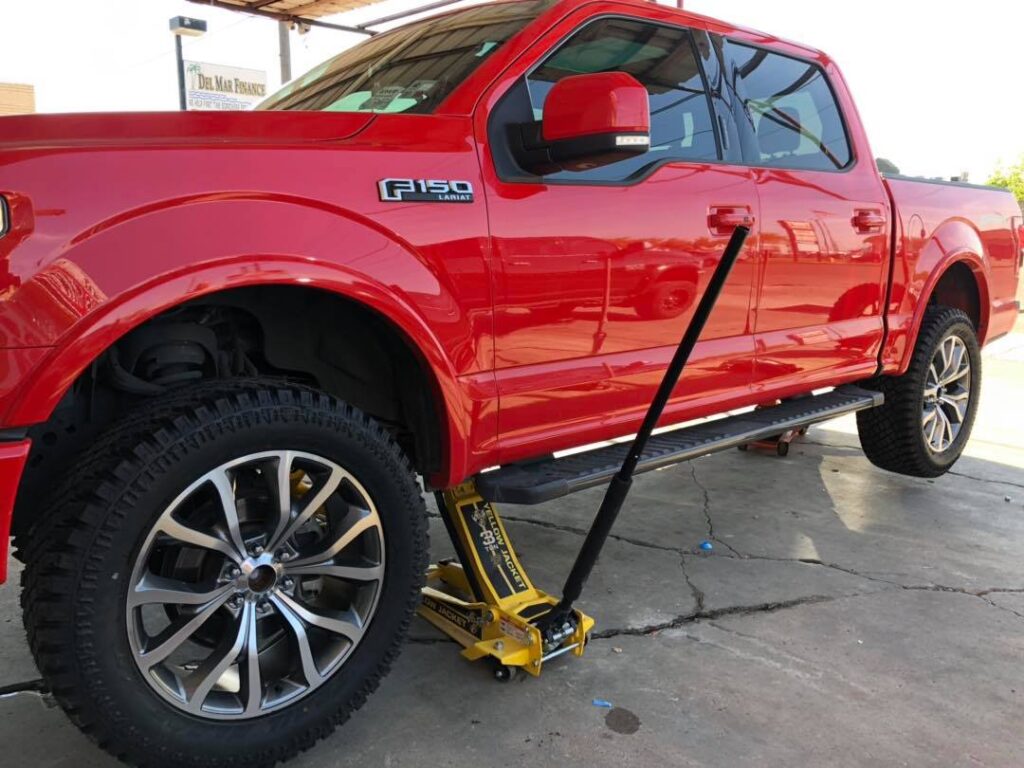
Backspacing is more critical than Offset. Let’s see why?
If you are on a shopping spree for aftermarket wheels, you will find that some wheels have the necessary backspacing needed for your 4×4. But, of course, they also have the same offset as stock wheels. The problem here is that most of us love taller and wider tire upgrades. This requires wider wheels too.
So when you add wheels wider than stock wheels to your 4×4, you cannot keep the factory offset. So, for example, suppose you keep a factory-like offset paired with a wheel wider than stock. In that case, you will require a completely unusable backspacing. This type of backspacing would make the wheels rub the brakes, steering, and suspension.
In the 4×4 industry, wheel diameter, width, backspacing, and lug pattern are used as measurements when fitting an aftermarket wheel on a 4×4. It has become an industry standard to use backspacing as a measuring factor.
Final words
Beyond the Raptor, we love answering questions and clearing up the confusion. Like we did in our article called “Tire vs. wheel.” In this article, we have talked about the confusing terms wheels and tires and how they are different. If you like our content on similar topics, leave a comment below and share it with your friends. You can also mention topics you want us to discuss in future articles. For more automotive content on trucks and off-roading, check out our homepage > Beyond The Raptor.
